Thirty seven years after it assembled its first car, Kia will launch in Europe perhaps its most competitive – and certainly its most attractive – saloon to date.
The Kia Brisa of 1974 was a small Mazda-based saloon, and a year later a pick-up version was the first vehicle exported by Kia Motors.
That fact is not lost on Andrew Sellars, head of fleet and remarketing at Kia in the UK, as we discuss the Kia Optima at Kia’s (and Hyundai’s) research and development centre in Namyang-dong, South Korea.
“We were still selling the Kia Pride into 2001,” he says.
The Pride was a rebadged version of the Mazda 121 that ran from 1988 to 1991 and Kia introduced it as Mazda launched a new version of the 121 in the UK.
Although the Pride was cheap, it wasn’t a car that enhanced the image of the brand. The Kia Optima, however, is a car that could.
Our visit to Korea was before the Optima was unveiled in Europe for the first time at the Paris Motor Show in October, and exact details for the UK were unconfirmed, but Sellars was keen to see the Magentis replacement added to the UK line-up.
It had launched a little earlier in its domestic market under the alpha-numerical K5 designation (there is a larger Kia saloon available there, too, called K7), and the early signs were very promising.
Although Kia has taken some important steps forward in recent years, to be taken seriously by fleets it needs to have a strong upper-medium car in its line-up.
Sellars, who takes up a new role as Kia general manager – European markets on November 1 after two-and-a-half years as head of fleet, said: “Although the anticipated volumes for the Kia Optima aren’t high, the fact that we have a very credible D-segment vehicle will only add to the attractiveness of the Kia range and the very competitive wholelife cost proposition.”
In Korea, the only version available for a brief test was a 2.4-litre petrol engine producing 200bhp, fitted with an automatic gearbox.
However, there will be a choice of diesel engines when the car arrives next year, with a new 1.7 CRDi with 136bhp expected to be the most popular.
A more powerful petrol version will also be available.
The Optima could boost Kia’s fleet presence further following an already successful 2010.
Year-to-date Kia fleet sales of 13,145 (up to September 30) are 43% higher than the same period in 2009, showing that the corporate market has helped eliminate any lag the company might have experienced through the scrappage scheme ending.
In September, fleet registrations rose by 67% compared with 2009.
According to Sellars, next year could be even better.
“At present we are missing the Kia Optima from our line up,” he said.
“And when we are in discussions with fleet operators they comment that we are ‘missing this piece of the jigsaw’.
The Kia Optima will be a great addition to any fleet, especially with the Ecodynamics version offering low CO2 levels.
“With more fleets looking at the Kia range – in particular the Ceed and the new Sportage – we can now offer a stunning D-segment vehicle to complement this increasingly attractive suite of cars.”
Sellars added that if it did not yet put Kia in a position to offer companies solus deals, he was confident the carmaker would now be a strong component in any two-badge or three-badge deal.
Even five years ago that would have been a difficult prediction to make, but a strong indication of the speed at which Kia is adapting to the high expectations of fleet customers.
While recent incentives such as its seven-year/100,000-mile warranty has yet to deliver any significant impact in terms of lower running costs through a residual values uplift, it has given the brand extra visibility and gives weight to the confidence being shown by Sellars and his team.



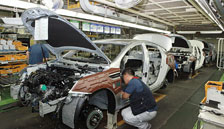
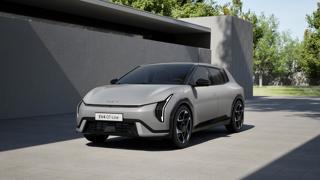
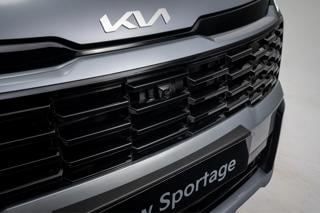
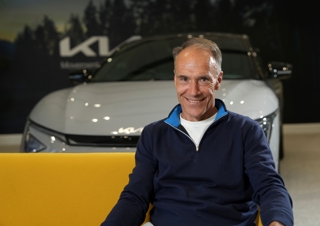
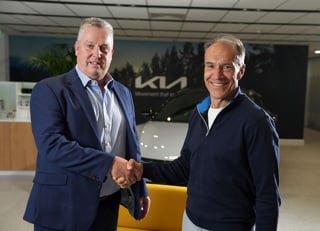
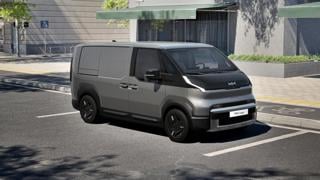












Login to comment
Comments
No comments have been made yet.